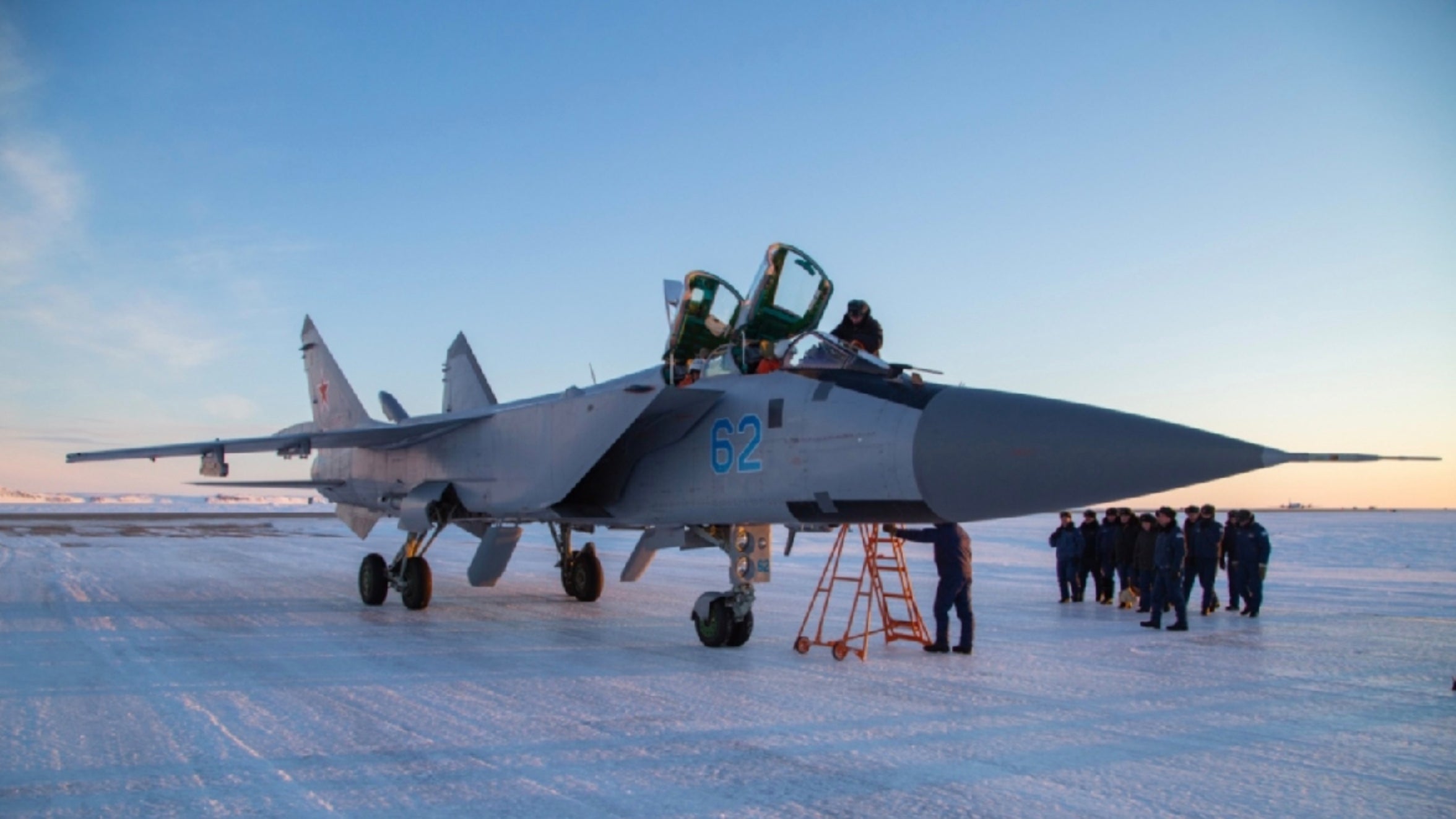Recently released photos and video show MiG-31BM Foxhound interceptors in action at Rogachevo Air Base in the Novaya Zemlya archipelago, above the Arctic Circle, an increasingly strategic region that’s home to a resurgent Russian military presence. Russia’s Ministry of Defense provided the imagery as a new rotation of MiG-31BMs arrived at the base, undertaking what the defense ministry describes as “experimental combat duty to protect the state border of the Russian Federation in the Arctic airspace.”
The incoming jets and aircrew were led by the commander of the Air Force and Air Defense Army of the Northern Fleet, Lieutenant General Alexander Otroshchenko, who personally flew one of the MiG-31BMs. Otroshchenko’s contingent replaced one from the same unit that had deployed to the remote base on the southern island of the Novaya Zemlya archipelago in January, reportedly the first time the supersonic interceptors had ever been deployed there.
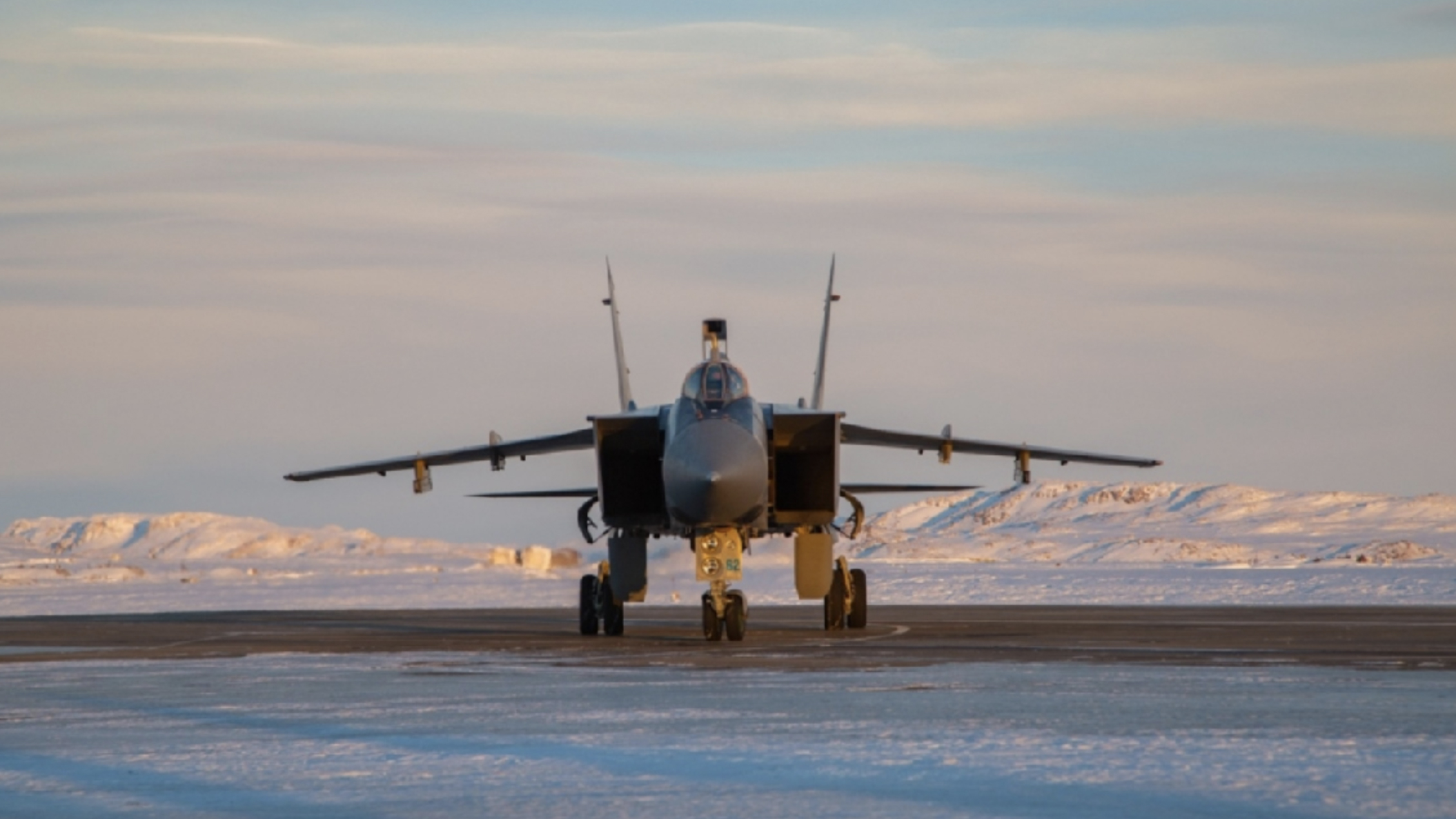
Novaya Zemlya lies in the Arctic Ocean, with the Barents Sea to the west and the Kara Sea to the east. It was here, during the Cold War, that the Soviet Union tested most of its nuclear weapons. While Rogachevo was an active airbase during the Cold War, in subsequent years it fell out of use and it was only in 2012 that Moscow announced that it would once again host a regular fighter presence in the future.

The Russian Ministry of Defense first announced the start of this new rotational “combat duty,” Russia’s term for deployments where jets sit on quick reaction alert (QRA), on January 16, 2021. The description of these deployments as “experimental” appears to come from the fact Russian officials are still very much proving out the plan, including determining exactly what is necessary to ensure the MiG-31BMs and their crews can operate effectively at the remote base and in its frigid Arctic conditions.
“The machine [the MiG-31BM] works excellently [and] there is no difference from the altitudes where we normally fly around Monchegorsk,” Lieutenant General Otroshchenko said in an interview with TV Zvezda, the official television station of the Russian Ministry of Defense. “A month has passed and we, therefore, needed to shift the aircraft and their personnel, and also have a closer look at the conditions for the servicemen and their living conditions.”
“They can fly in temperatures down to minus 60°C [-76 degrees Fahrenheit], which has been confirmed in experimental operations in the area of the Northern Sea Route,” a MiG-31BM navigator named Aleksandr Kharitonov, who is part of the current rotation at Rogachevo, also told TV Zvezda. “The main nuance here is the weather, which is very complicated,” he admits. “Now, for example, the wind has for a week blown with a speed of about 100 km/h [~62 miles/hour].”
The MiG-31BM aircraft — which are upgraded versions of the Cold War-era MiG-31 Foxhound — are from the Northern Fleet’s 98th Composite Aviation Regiment, home-based at Monchegorsk, located on the Kola peninsula, south of Murmansk. Until recently, the regiment had only a single squadron of MiG-31s but added a second in 2019. MiG-31BMs also made a previous series of training deployments to Rogachevo last year, after its runway was extended to 9,843 feet.
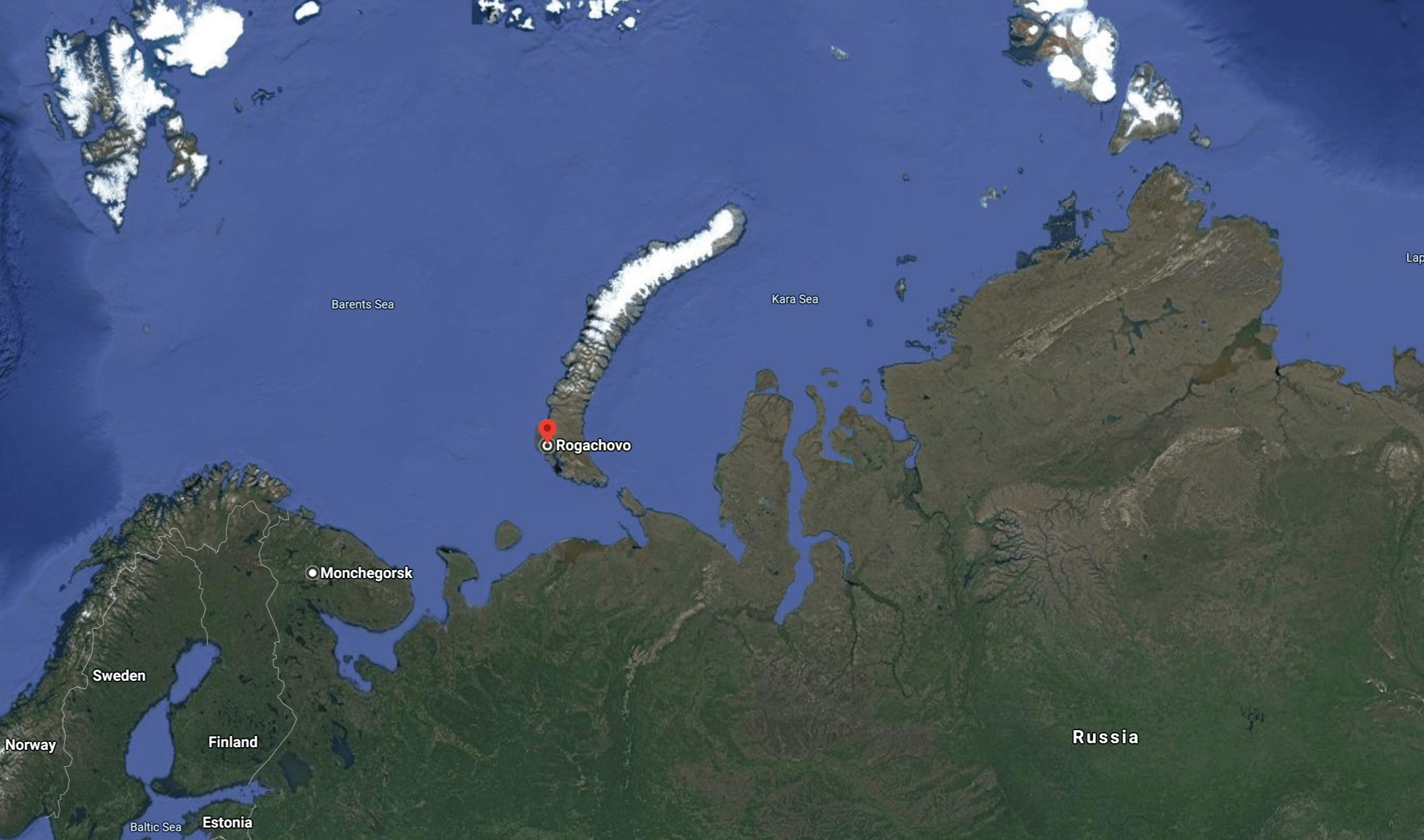
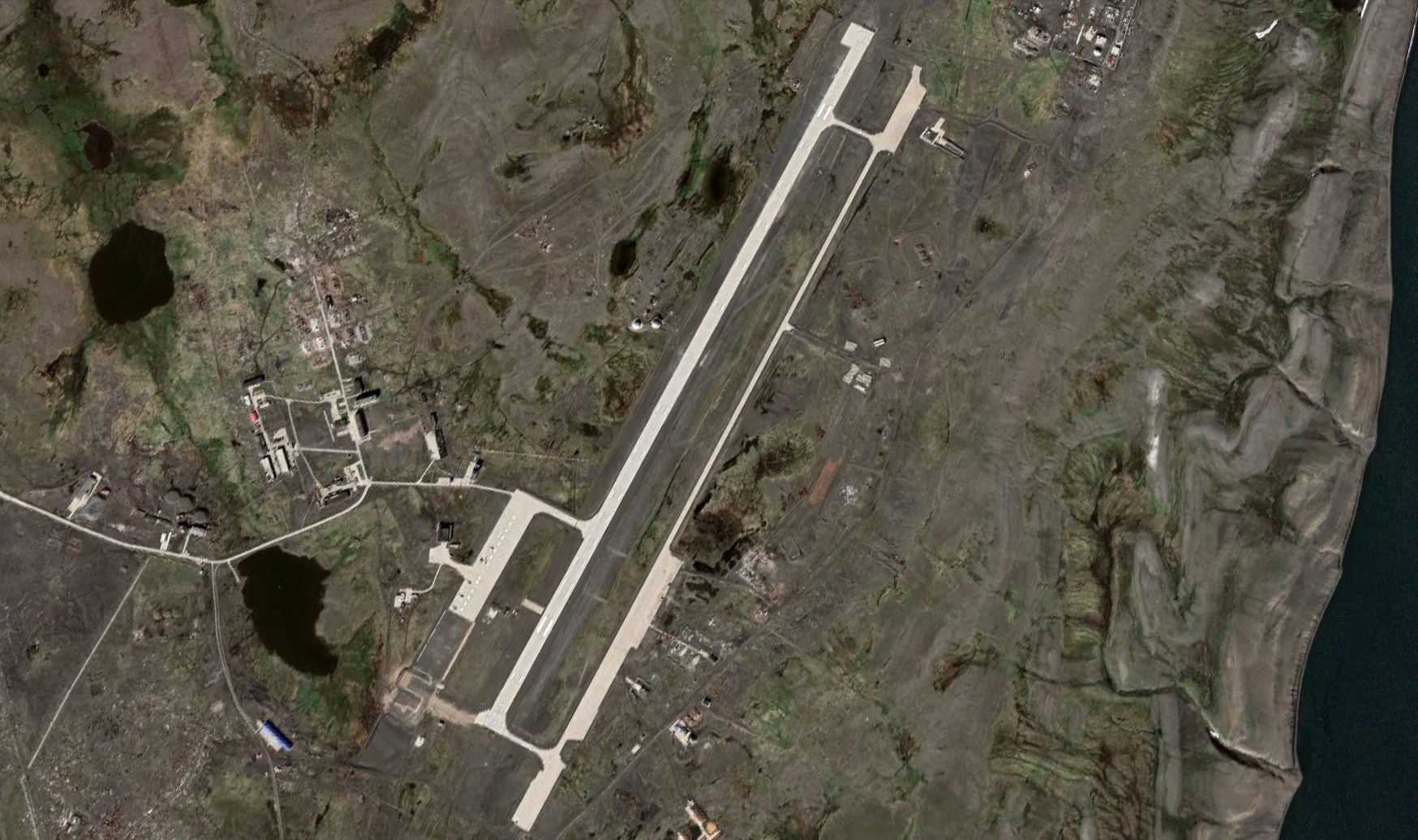
“Carrying out combat duty on the [Novaya Zemlya] archipelago will significantly increase the reach of Northern Fleet fighter aircraft in the Arctic and significantly expand control of the airspace over the waters of the Northern Sea Route,” the Northern Fleet announced last month when the deployment began. The “Northern Sea Route” is Russia’s national transport artery in the Arctic, where the control of natural resources and maritime routes is becoming an ever more important strategic issue as Arctic ice recedes due to global climate change.
Even though the MiG-31 was designed to defend the vast northern expanses of the then Soviet Union, operating from a forward deployment base in the Far North presents challenges to aircraft and personnel alike. In particular, the Defense Ministry highlighted the “low air temperatures, strong crosswinds, fog and low clouds, heavy snowfalls and other vagaries of nature” that are a feature of life in Novaya Zemlya.
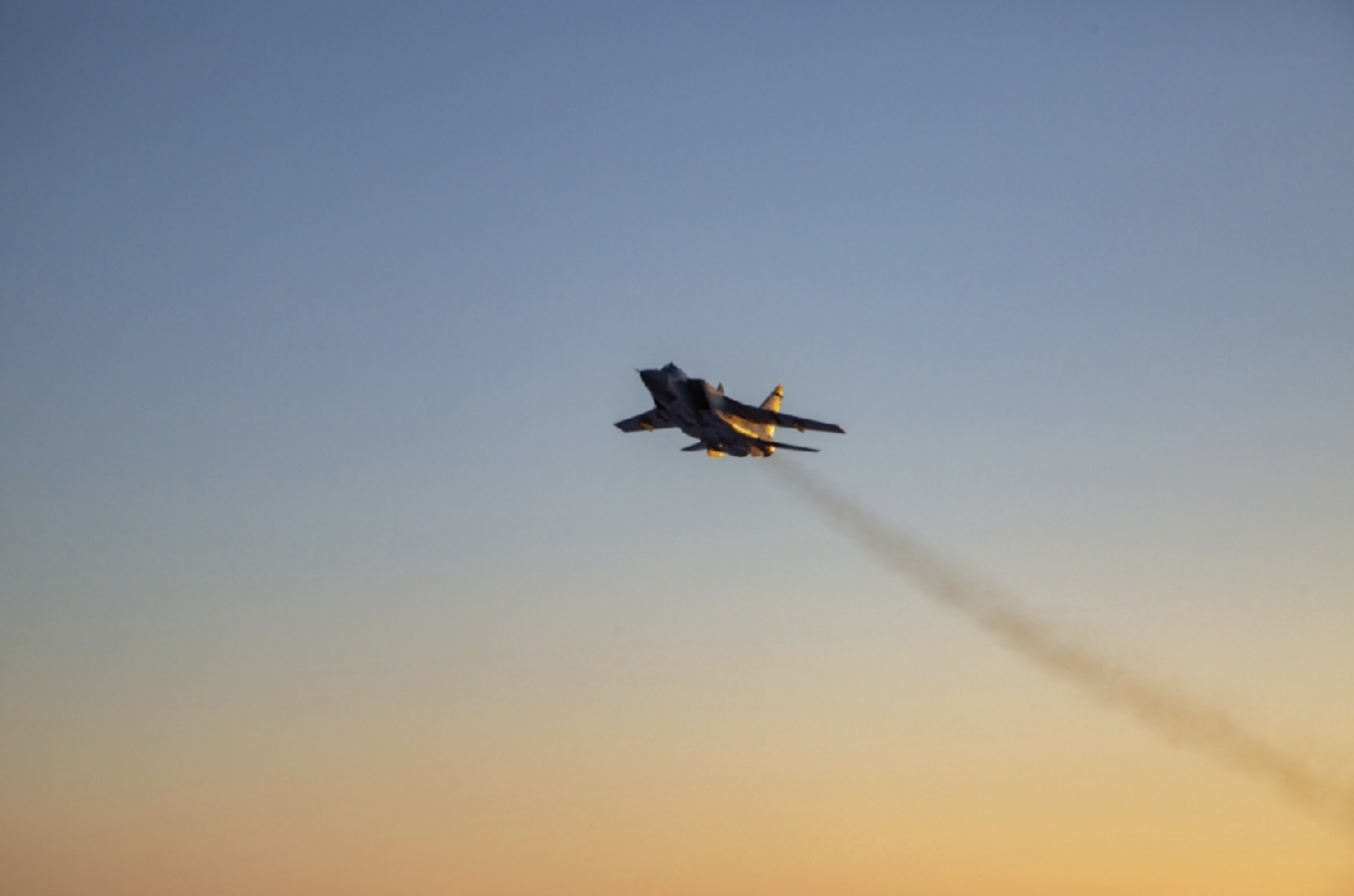


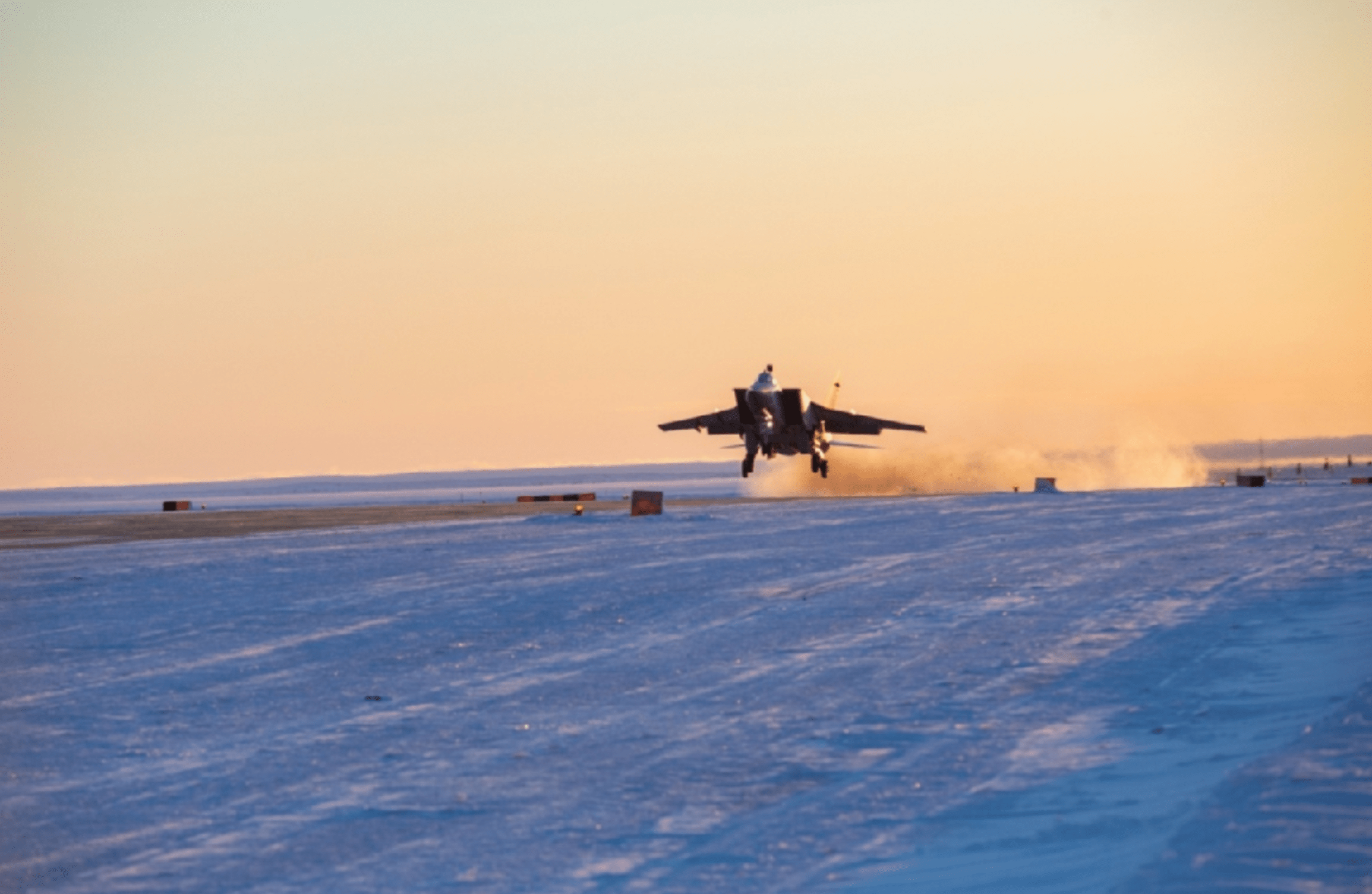
If Russia can work out any practical issues around sending regular contingents of MiG-31BMs to Rogachevo, the aircraft, with their high-altitude and long-range capabilities, could become an important part of a larger regional anti-access and area denial strategy. If the MiG-31BMs can handle the harsh Arctic elements, then it could help pave the way for other MiG-31 variants, including the Russian Air Force’s MiG-31Ks, which are configured to carry the Kinzhal air-launched ballistic missile, to head to various bases in the region.
During the first month of the MiG-31BMs being stationed at Rogachevo there were no airspace violations “in dangerous proximity to the Russian air border in the Arctic,” the Defense Ministry noted.
It’s not only manned interceptors that are helping bolster Russia’s Arctic frontiers, either. For several years, Rogachevo has also been home to an anti-aircraft missile regiment of the Northern Fleet, equipped with S-400 Triumf air defense systems, which replaced previous-generation S-300s. The addition of MiG-31s increases the defensive umbrella further still and offers greater versatility. The Foxhounds are capable of aerial refueling, although there is no evidence that tankers have also been deployed to Rogachevo.
The expanded Russian military presence at Rogachevo has not gone unnoticed by the United States. In March 2019, a U.S. Air Force B-52H bomber deployed to RAF Fairford in England flew up around the top of Svalbard in Norway, and the Franz Josef Land archipelago, before heading south to skirt the coast of Novaya Zemlya. Similar “aerial presence” flights into the Arctic region have involved a B-2 operating from Keflavik in Iceland. The next deployment will station U.S. bombers even closer to Russia when B-1Bs arrive at Ørland in Norway. Perhaps in response to that upcoming deployment, Russian Aerospace Forces Tu-160 Blackjack strategic bombers made their own long-range flight on February 9, which lasted 12 hours and took them over the Barents, Greenland, and Norwegian seas.
Meanwhile, Rogachevo is just one of a number of remote bases that the Russian military can call upon in the Arctic region, on islands, as well as on the mainland. According to the Russian Ministry of Defense, 19 airfields have been repaired or reconstructed in the Arctic in recent years. Meanwhile, Izvestia
claims that the “Arctic squadron” of the 98th Composite Aviation Regiment will be rotated to other airfields across the region as required. The regiment’s other squadron will remain on the Kola peninsula, where its main task is to defend the installations and vessels of the Northern Fleet, including ballistic missile submarines.
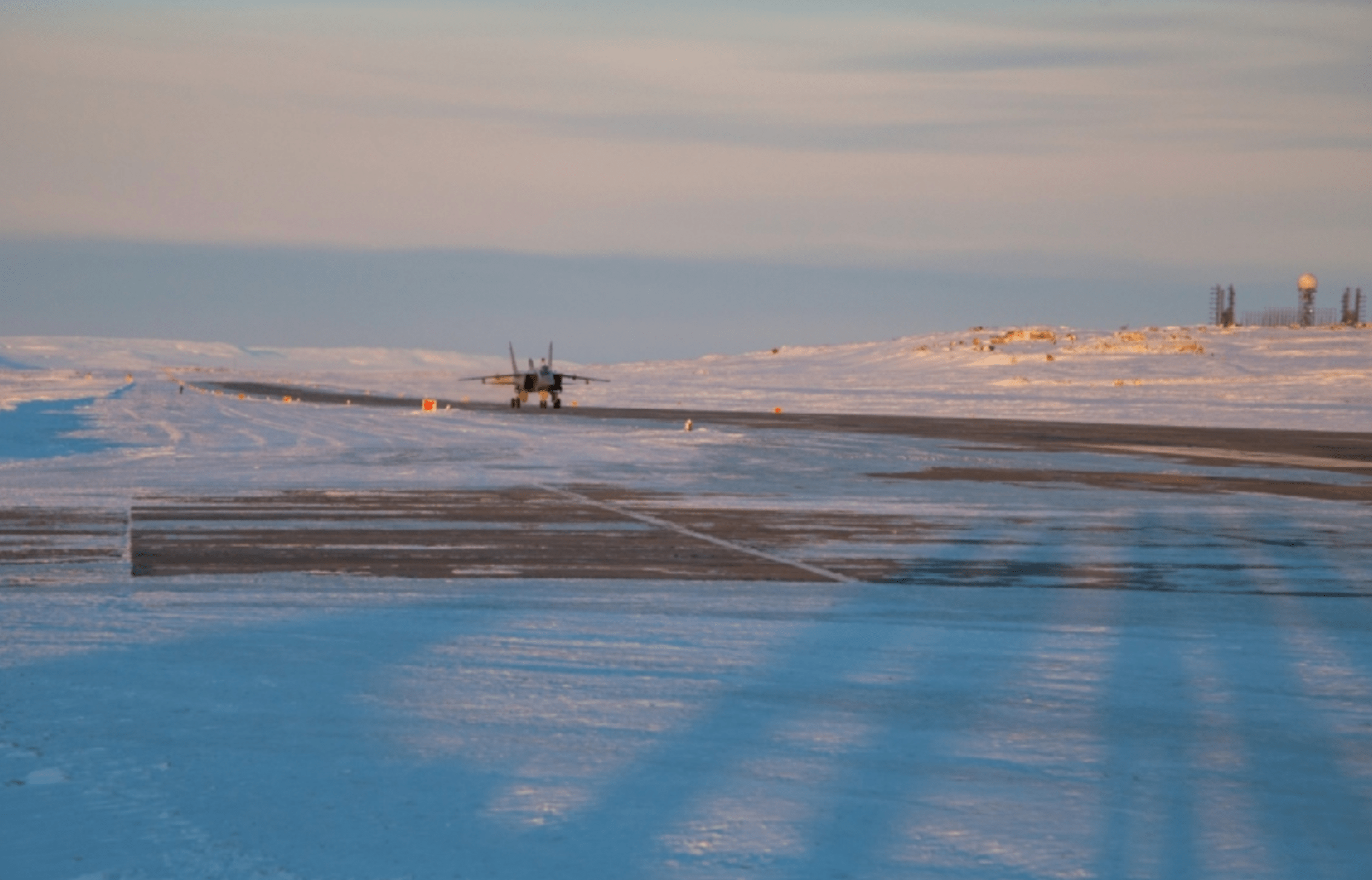
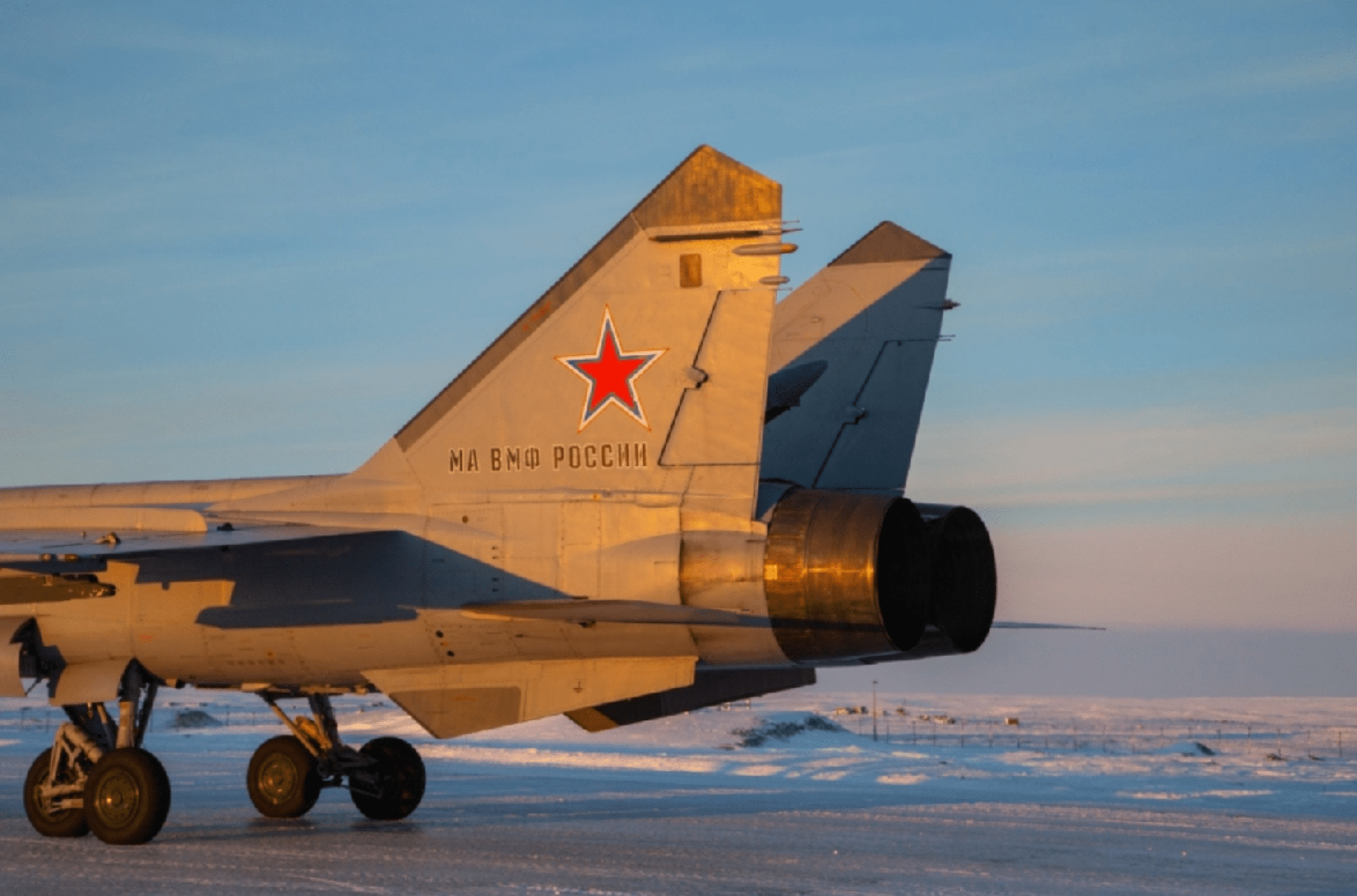


Other airbases well-positioned to protect the Northern Sea Route can be found on the island of Alexandra Land on the Franz Josef Land archipelago, and on Kotelny Island on the New Siberian Islands, both of which are reportedly in the process of receiving refurbished runways suitable for use all-year-round. So far, however, only transport aircraft have been operating from these locations.



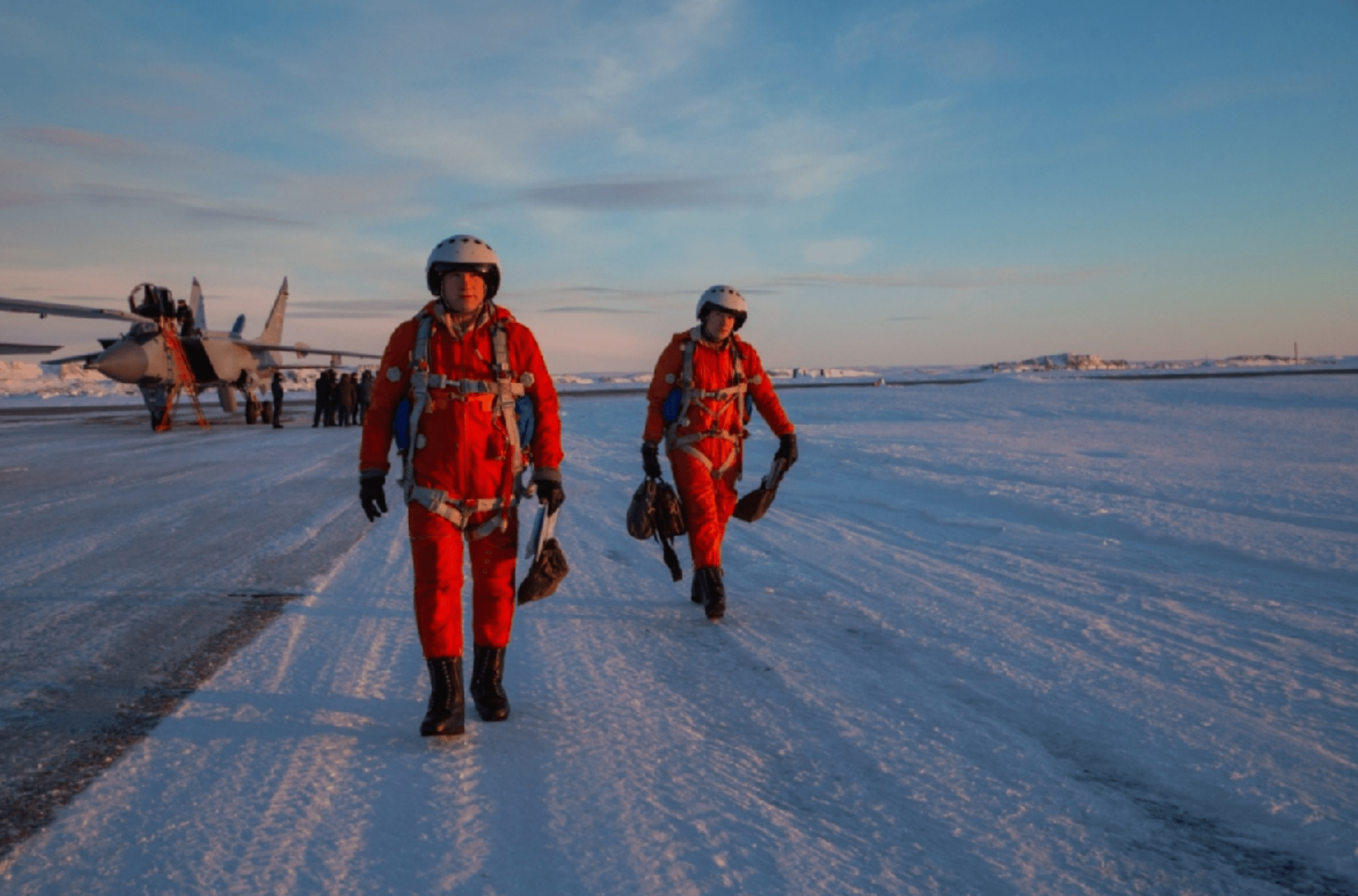
As well as defensive assets and transports, since 2017, long-range bombers have also been deployed to the region, operating from Vorkuta and Anadyr — both of which are on the mainland — during regular exercises. You can read more about those missions in this previous War Zone

All this is a reflection of the far greater importance assigned to the Northern Fleet in recent years. So critical is the Arctic region to Moscow that the Northern Fleet was given the status of a military district within the Northern Fleet Joint Strategic Command that was established in 2014.
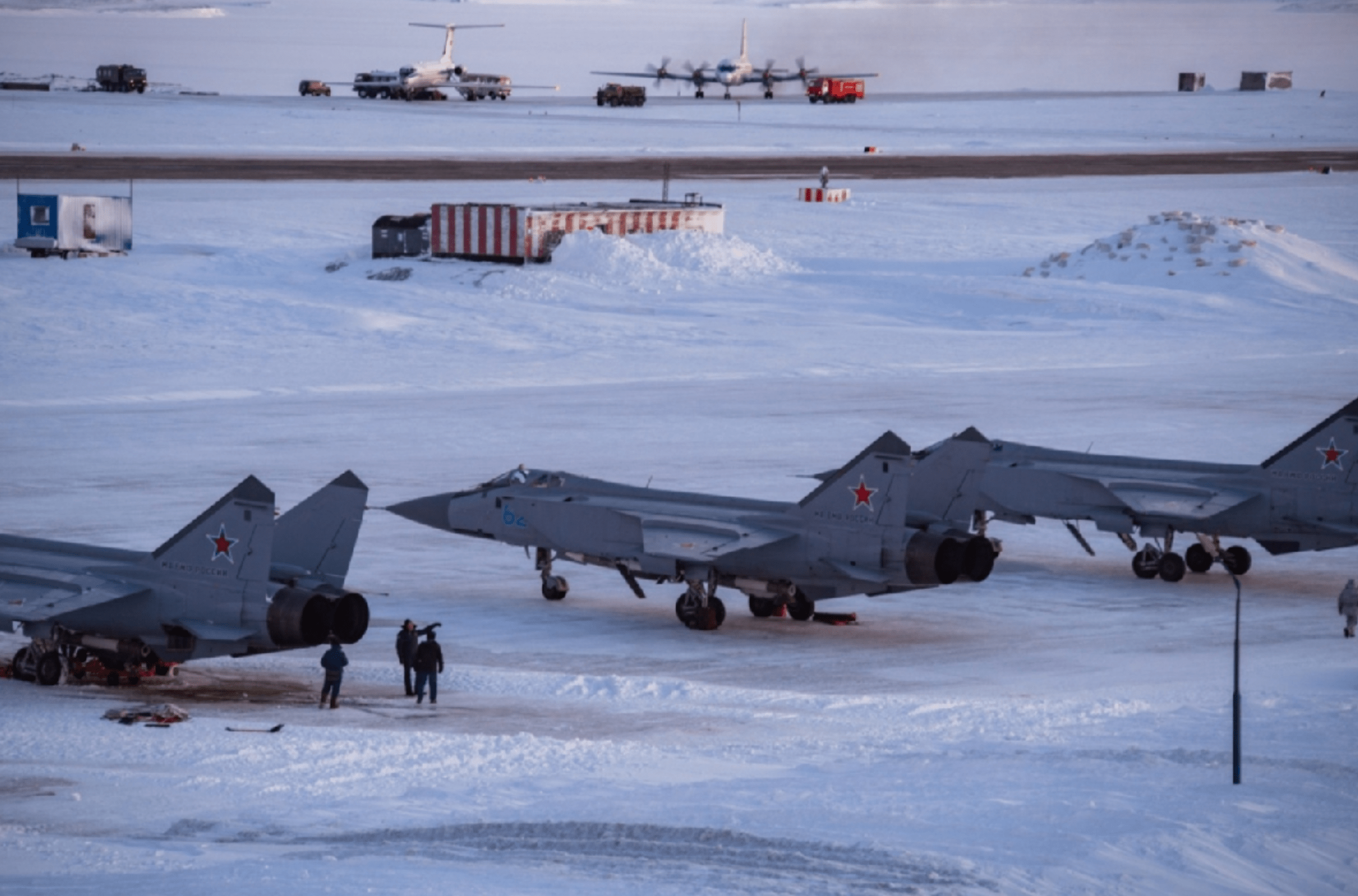
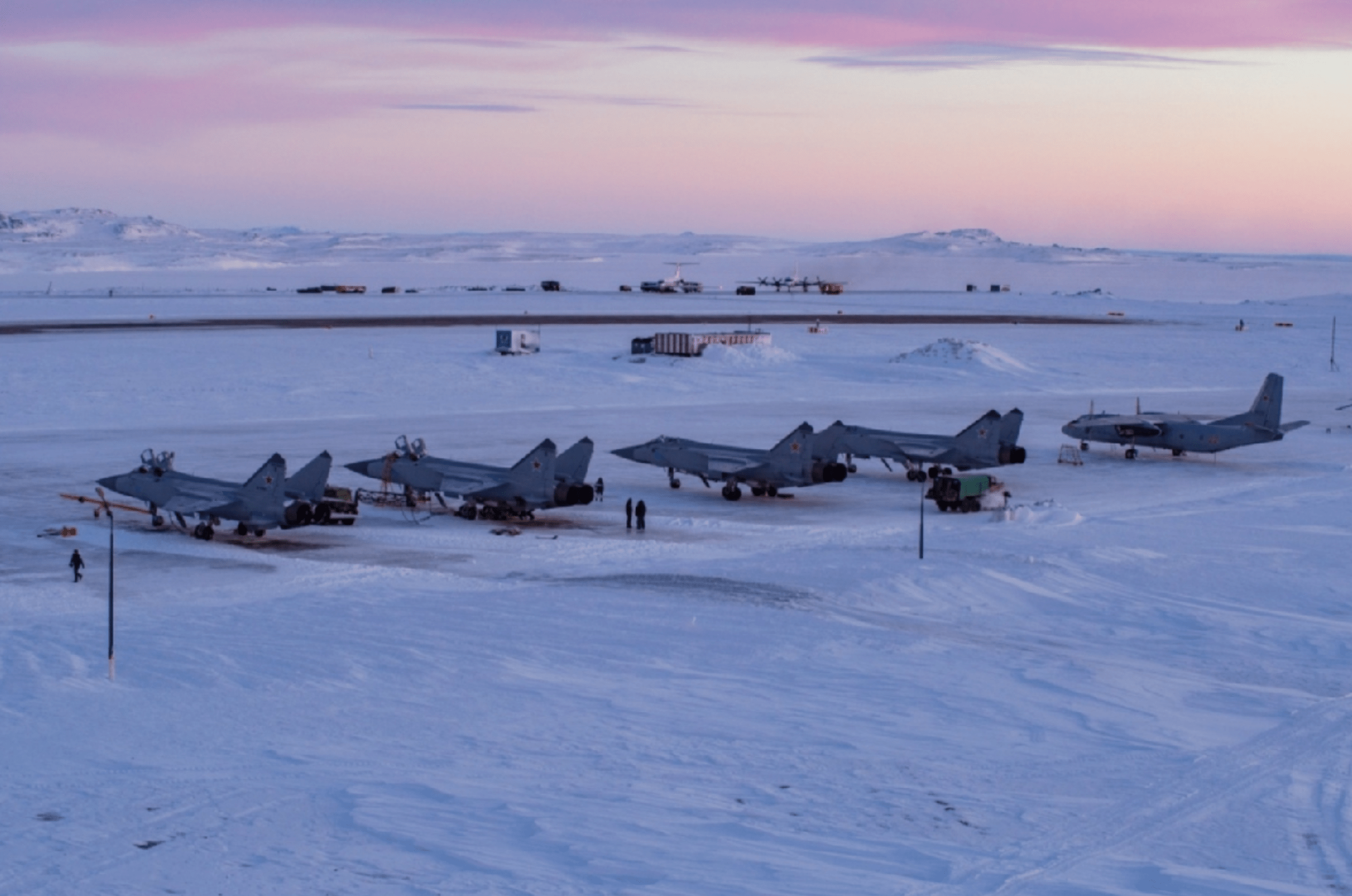


As the continental ice-sheet continues to retreat, new deposits of energy resources are opening up, together with northern sea lanes that are now accessible throughout the year. With the rights to the continental shelf under the Arctic the subject of dispute between several nations, Russia’s strategic pivot to the region ensures it has a greater stake in this strategic game.
Clearly, the MiG-31 is well on the way to becoming a more established resident in the Far North and we may well expect to see these — and other fighters — deployed to additional forward deployment bases in the region in the future.
Contact the author: thomas@thedrive.com
